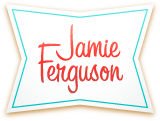Planning to finish
I used to start writing stories when I knew the beginning (kind of hard to ‘start’ otherwise), and sometimes the middle or end – but never both. I wrote a lot of great story beginnings, but found I’d almost always have no idea what was supposed to happen next. I have a nice collection of…
